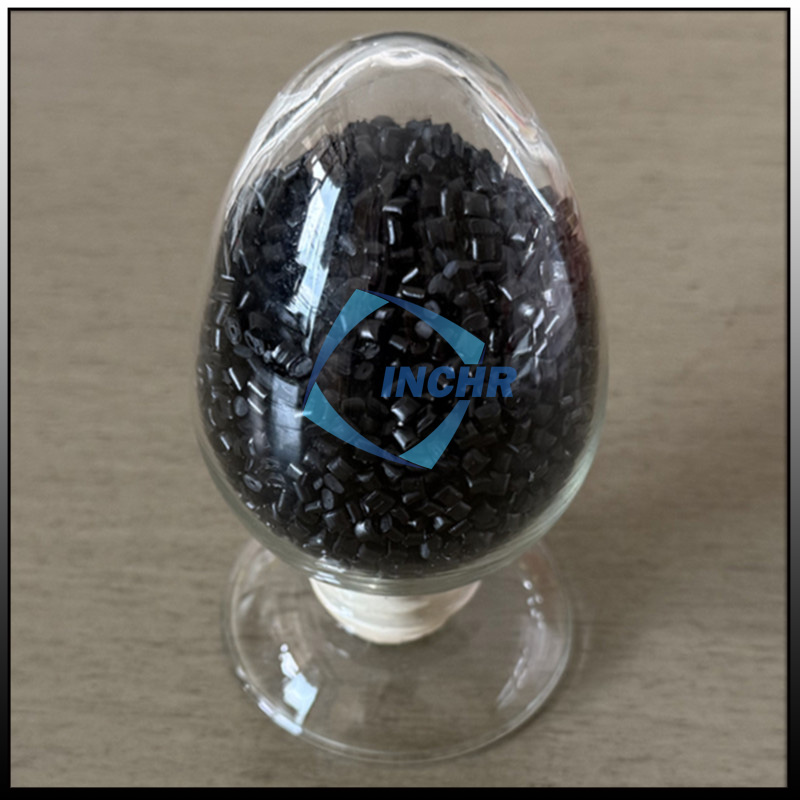In an era of stringent emission regulations and relentless pursuit of performance, carbon fiber reinforced plastic (CFRP) have emerged as a game-changing material in automotive engineering. This lightweight yet super-strong composite is driving innovation across vehicle design, manufacturing, and sustainability.

1. Lightweight Revolution: Redefining Vehicle Performance
CFRP’s most transformative impact lies in its 1.5g/cm³ density – just a quarter of steel’s weight. By replacing traditional metal components with CFRP:
- Fuel Efficiency: Reduces vehicle weight by 30-50%, improving fuel economy by 15-20%
- Handling Dynamics: Lowers center of gravity, enhancing cornering stability
- Safety: Maintains structural integrity while absorbing 200% more impact energy
Case Study:
BMW’s i3 uses a carbon fiber reinforced plastic passenger cell that cuts weight by 250kg compared to equivalent steel structures, enabling a 155-mile electric range.
BMW’s i3 uses a carbon fiber reinforced plastic passenger cell that cuts weight by 250kg compared to equivalent steel structures, enabling a 155-mile electric range.
2. Design Freedom: Beyond Conventional Limitations
The malleability of CFRP unlocks new design possibilities:
- Complex Shapes: Enables aerodynamic forms impossible with metal
- Integrated Components: Reduces part count by 40% through monocoque structures
- Surface Finish: Eliminates need for post-painting with pre-colored composites
Innovation Spotlight:
Ford’s Shelby GT500 uses a Carbon Fiber Reinforced Plastics rear spoiler that improves downforce by 20% while weighing 50% less than aluminum.
Ford’s Shelby GT500 uses a Carbon Fiber Reinforced Plastics rear spoiler that improves downforce by 20% while weighing 50% less than aluminum.
3. Sustainability Drive: Reducing Carbon Footprint carbon fiber reinforced plastic contributes to automotive sustainability in three key ways:
- Lifecycle Emissions: 30% lower CO₂ during vehicle operation compared to steel
- Recyclability: New processes recover 90% of carbon fibers for reuse
- Renewable Energy: Wind turbine blades made from CFRP enable greener power generation
Industry Adoption:
Volkswagen’s XL1 hybrid achieves 261 mpg using CFRP body panels, cutting lifetime emissions by 45%.
Volkswagen’s XL1 hybrid achieves 261 mpg using CFRP body panels, cutting lifetime emissions by 45%.
4. Challenges & Solutions
Despite its advantages, CFRP adoption faces hurdles:
- Cost: $10-20/lb vs $0.50/lb for steel
- Production Speed: 2-3 hours per part vs 60 seconds for stamped steel
Breakthroughs:
- Automated Tape Laying (ATL): Reduces manufacturing time by 70%
- Low-Cost Resins: Emerging epoxy systems cut material costs by 40%
- 3D Printing: Desktop composites printers now produce functional CFRP prototypes
5. Future Outlook: Mainstream Adoption on the Horizon
Market projections indicate carbon fiber reinforced plastic is automotive use will grow at a 12.8% CFRP through 2030, driven by:
- EV Transition: CFRP reduces battery weight, extending range
- Performance Vehicles: McLaren’s Artura hybrid uses 81kg of CFRP in its monocoque
- Regulatory Pressures: EU’s 95g/km CO₂ target incentivizes lightweighting
Expert Insight:
“Within a decade, CFRP will be as common in cars as aluminum is today,” says Dr. John Smith, Director of Materials Science at MIT.
“Within a decade, CFRP will be as common in cars as aluminum is today,” says Dr. John Smith, Director of Materials Science at MIT.
Why Carbon Fiber Reinforced Plastic Matters for Automotive Stakeholders
✅ Manufacturers: Improve fuel efficiency ratings while reducing warranty costs
✅ Consumers: Enjoy safer, faster, and more eco-friendly vehicles
✅ Investors: Tap into a $6.8B market opportunity by 2028
✅ Consumers: Enjoy safer, faster, and more eco-friendly vehicles
✅ Investors: Tap into a $6.8B market opportunity by 2028



